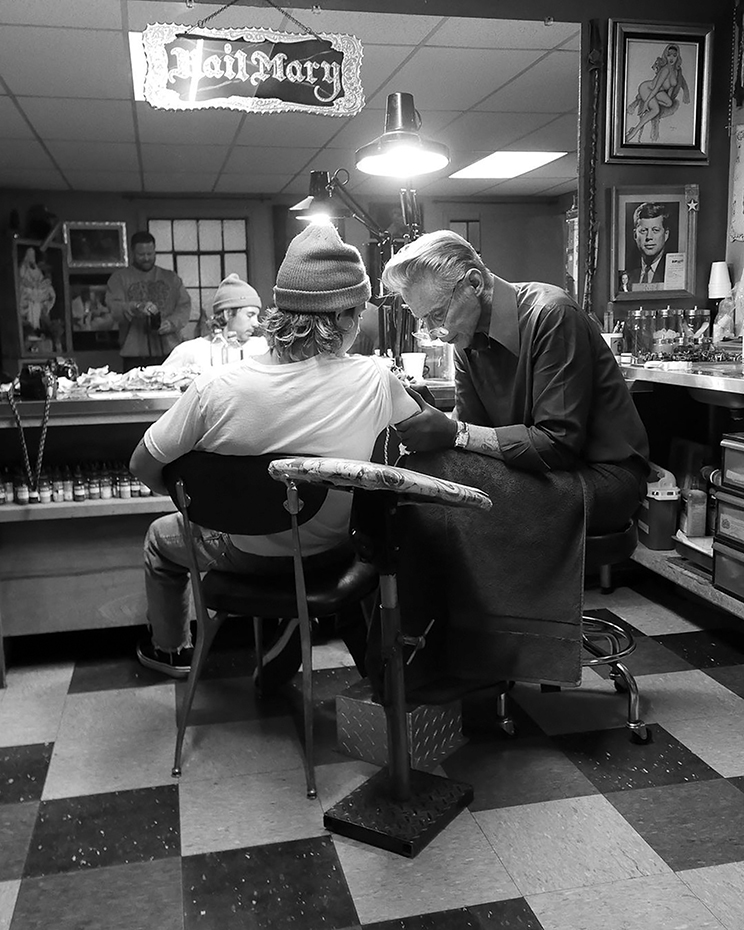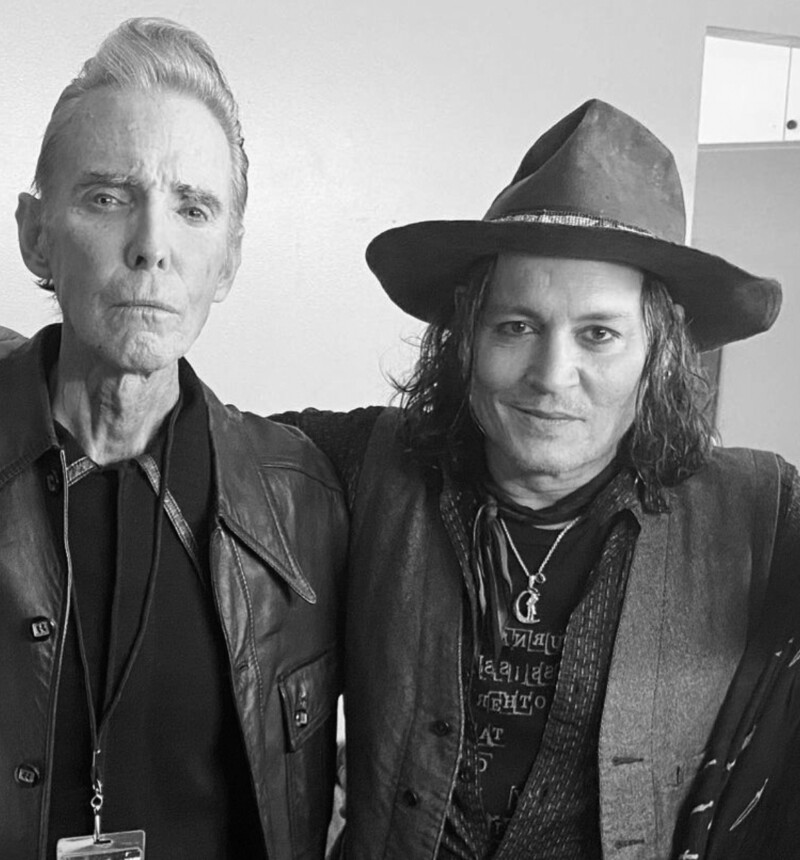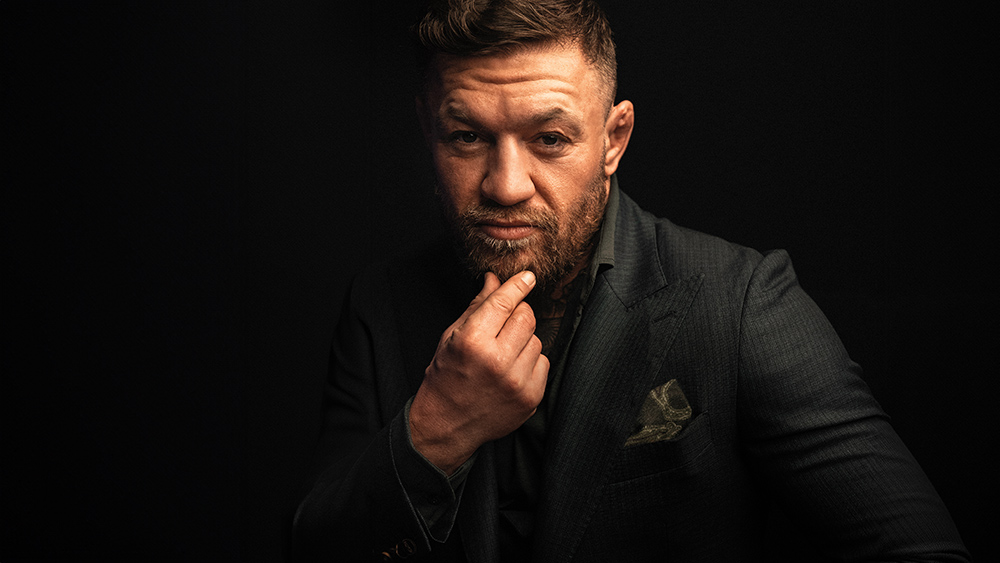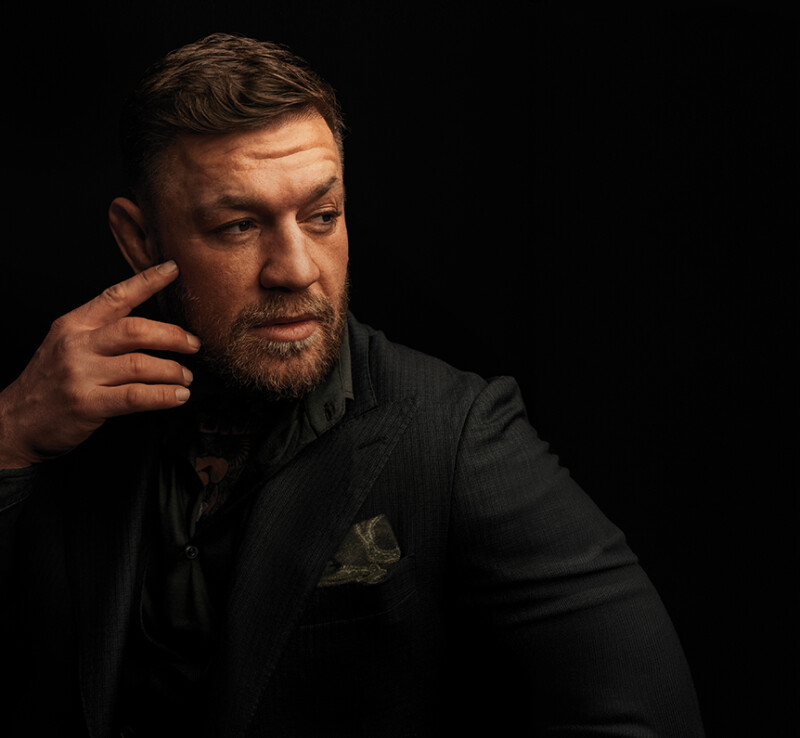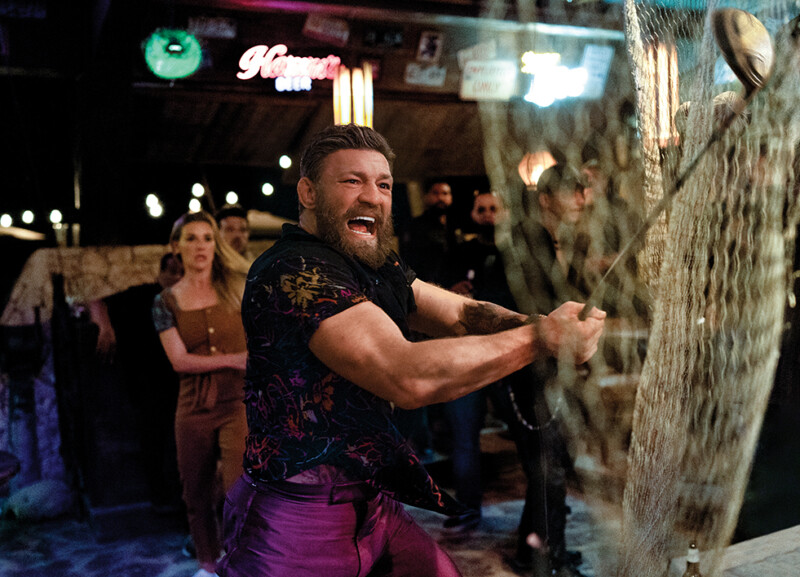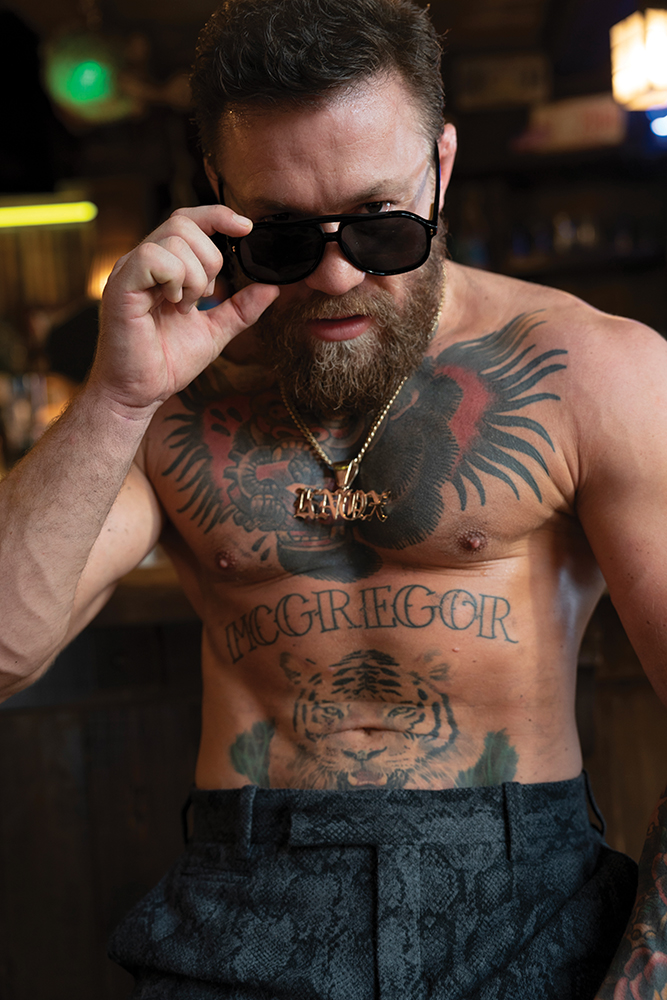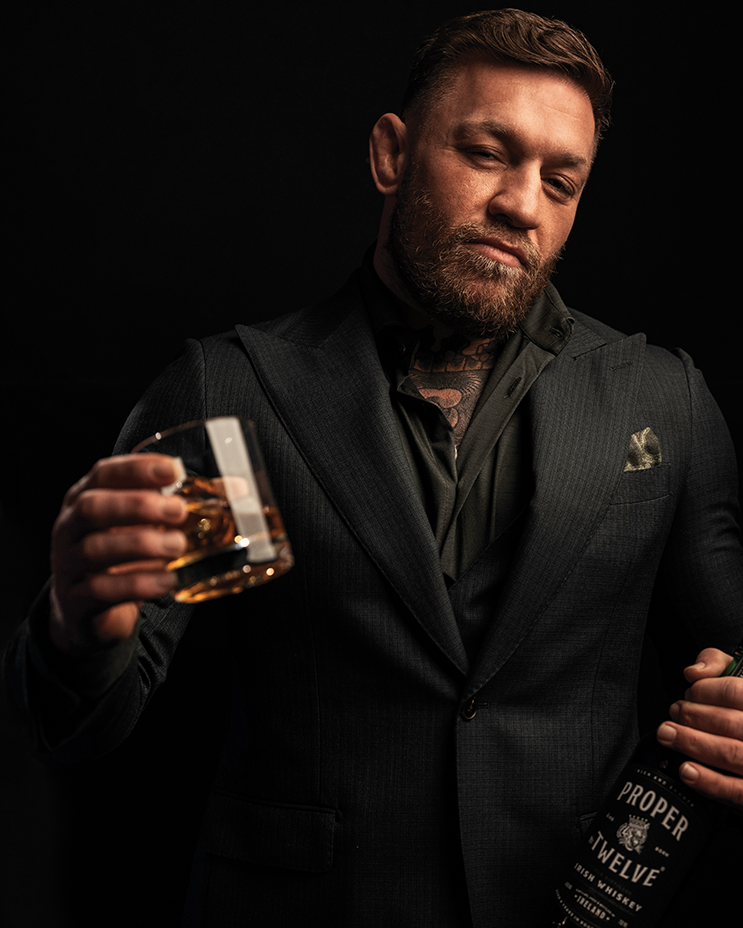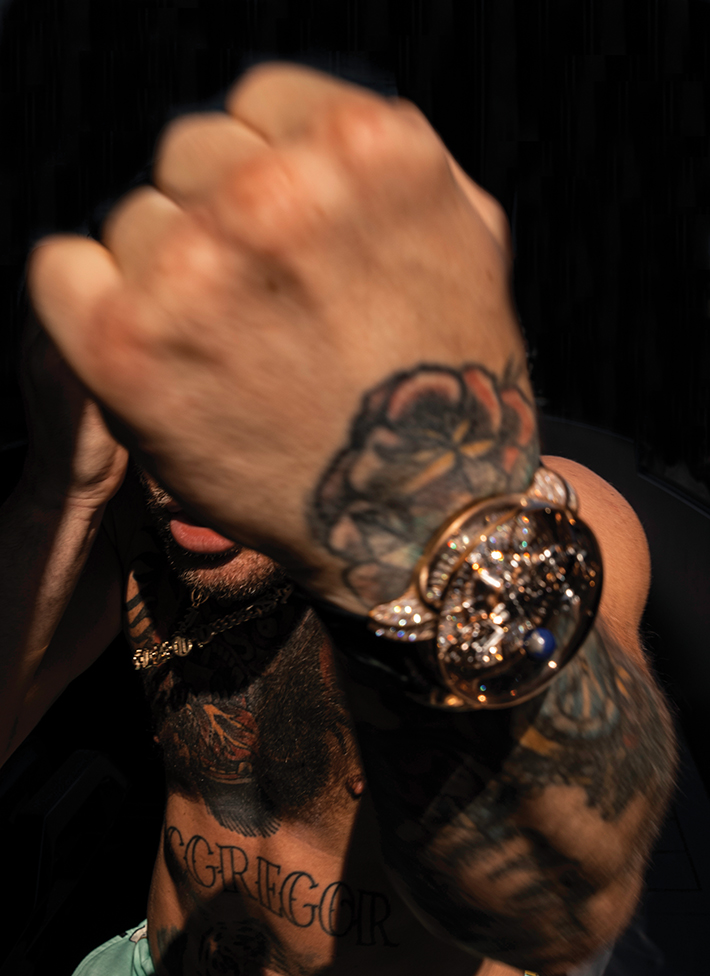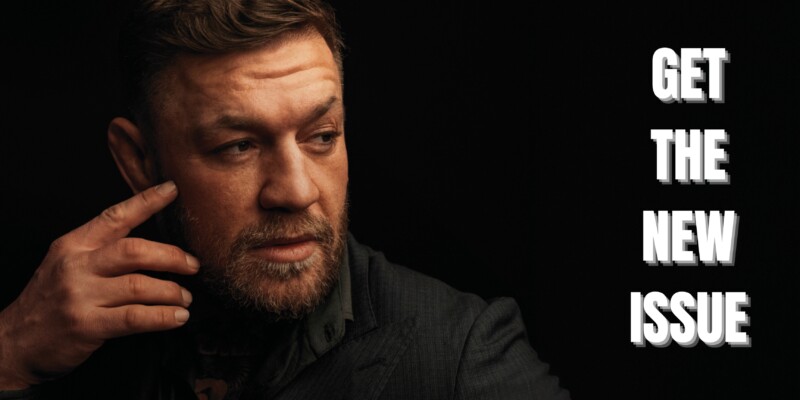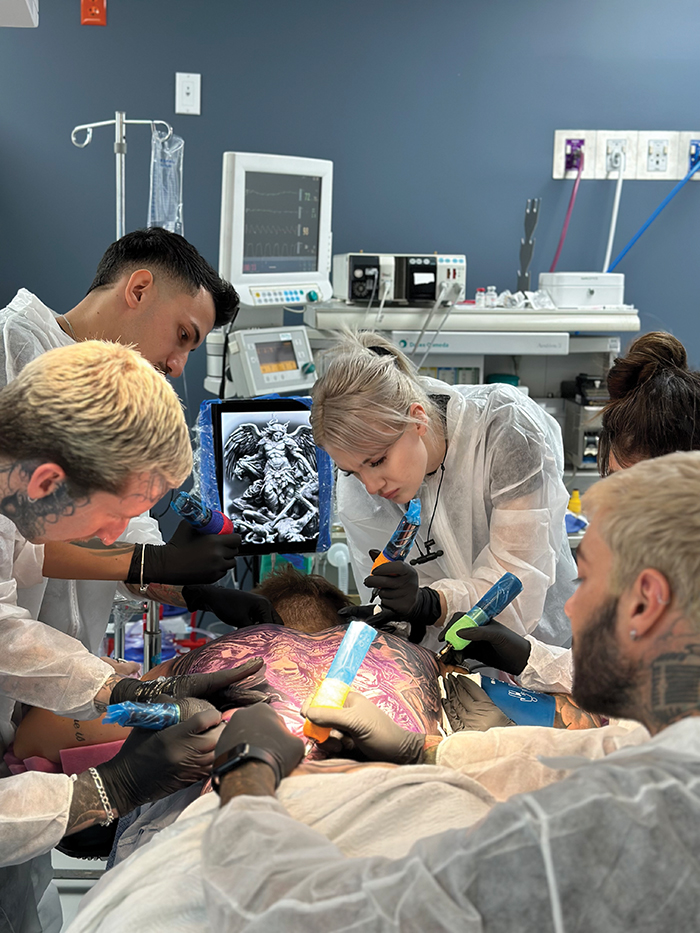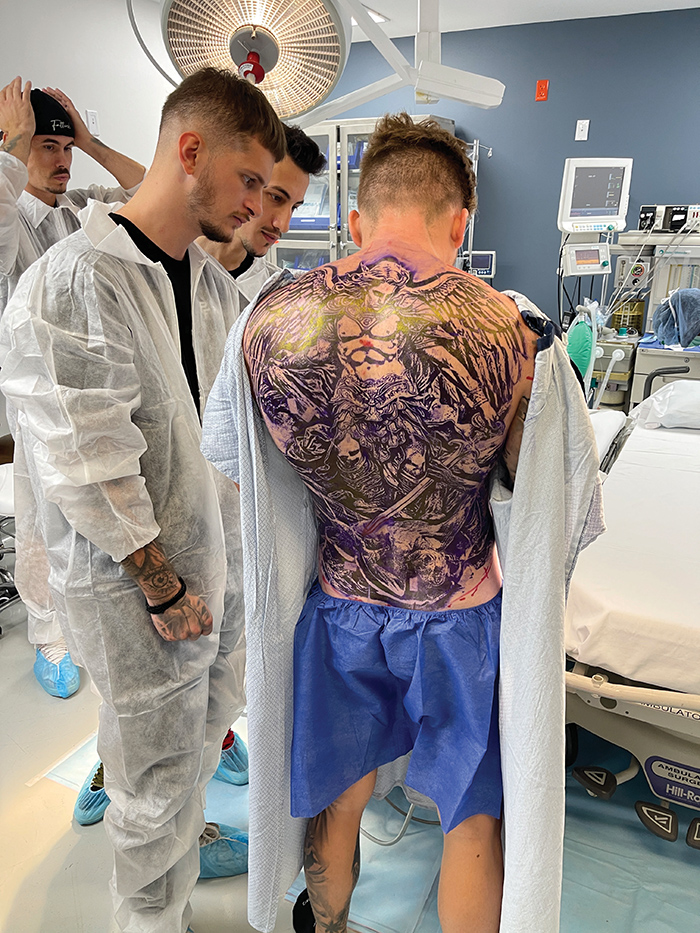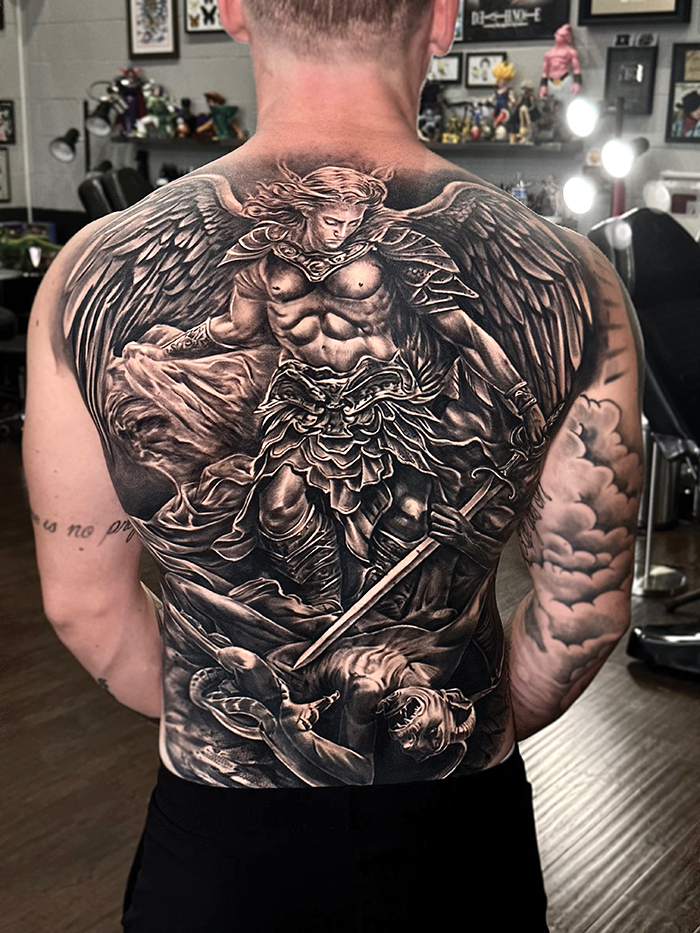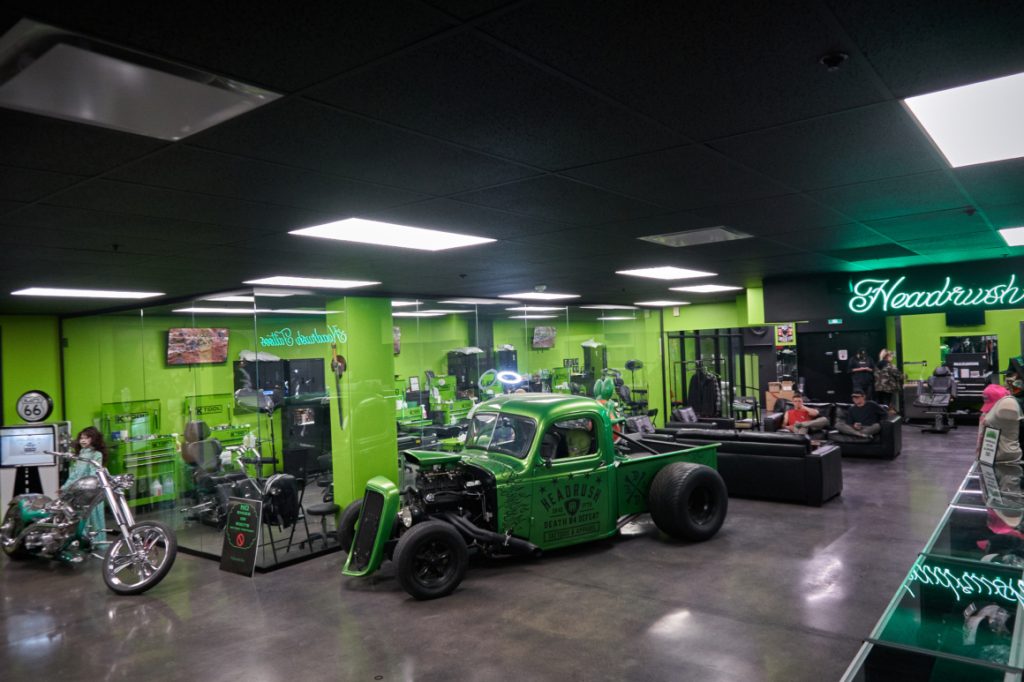Bouncing bodies sweep the venue as powerful pyrotechnics, animated lighting, and electrifying lasers shroud the crowd. Steve Aoki takes the reins at the mixing console, carefully considering the path to his ultimate purpose: uniting the audience through music — and cake. While each has a unique touch, fans can expect a similar scenario at the copious concerts Aoki performs annually.
“I’ve been on a near-constant tour for over a decade now,” says the famed DJ and producer, who earned the designation of “Most-Traveled Musician in One Year” by Guinness World Records in 2012, which he still holds today.
Although Steve Aoki is known for his electronic dance music, there’s a good chance he collaborated with one of your favorite artists outside the genre: Lady Gaga, Snoop Dogg, Hayley Kiyoko, Ne-Yo, blink-182, and many others.
The two-time Grammy Award nominee and son of Benihana founder Rocky Aoki had the expression “I’ll Sleep When I’m Dead” inked on the nape of his neck — words the musician seems to live by as he shows no signs of slowing down. In April 2024, “HiROQUEST: Genesis & Double Helix,” a comic book created in a collaboration between Aoki and celebrated comic book writer Jim Krueger, hit the market, followed by the release of his newest album in June, all while continuing his perpetual tour around the globe.
Catching up with Aoki between shows, he shares highlights of his life story: his influences, antics, aspirations, and the ink he cherishes most.

You’re undoubtedly one of the most well-known DJs in the world. What was the driving force that headed you on this career path? When did you start mixing music and what inspired you to do so?
I’ve always been deeply passionate about music and its power to bring people together. Growing up, I was influenced by a wide range of musical genres, from punk rock to hip-hop. My journey into DJing began in my college years at the University of California, Santa Barbara. I started by throwing small shows in my apartment and eventually founded my own label, Dim Mak Records, in 1996. The drive to create and share music that could make people feel something, connect them, and make them dance was what propelled me into this career. Artists like Daft Punk and the early rave scene were huge inspirations for me. The energy and community aspect of the electronic music scene really resonated with me and motivated me to pursue this path.
Describe your creative process. What or who do you use as inspiration when creating your music?
My creative process is dynamic, starting with an idea or feeling I want to convey. I draw inspiration from various sources, including different music genres, everyday sounds, and personal experiences. Collaboration with other artists also sparks new ideas. I aim to create music that evokes emotion and makes people want to move, capturing the essence of a moment and translating it into sound.
What can fans expect from your newest album? How does it differ from previous albums?
Fans can expect my new album in June to be a return to my roots, heavily centered around dance music. This album revisits the core themes that defined my early work, with a strong emphasis on creating tracks that make people move. While it features a wide range of genres, it stays true to the dance music essence. There are also several exciting collaborations with both emerging and well-known artists, adding a fresh twist to the classic dance vibe.
How do you work on new stuff when you’re always on the road? How do you keep things fresh?
To keep things fresh, I try to vary my sets and incorporate new music and visuals. I draw energy from the different cultures and audiences I encounter around the world. Working on new material while on the road can be challenging, but I bring my production laptop with me and take advantage of any downtime. Traveling and experiencing new places provide endless inspiration for my music.
Tell us about the first time you threw a cake at your audience. Why do you think that trend stuck?
The first time I threw a cake at the audience was at a small show where I wanted to do something memorable and fun. It quickly became a signature part of my performances because it’s such a unique and interactive experience for the fans. People love the unexpected and outrageous nature of it. Overall, it’s added a lot of excitement to my shows and has become a tradition that fans look forward to.
Tell us about “HiROQUEST.” What motivated you to create this comic book and what was your role in its development? Can you offer an overview of what the comic book is about?
Creating the “HiROQUEST” graphic novel with Jim Krueger was a dream come true. I’ve always loved comic books and science fiction, and this project allowed me to blend my passion for music and storytelling. I was heavily involved in the creative process, from conceptualizing the story to developing characters. “HiROQUEST” follows a group of unlikely heroes who unite to save their world from impending doom, exploring themes of courage, friendship, and unity.

If your father was still alive, what do you think he would say about your successes? What would stand out most to him? What would you say to him?
If my father were still alive, I think he would be incredibly proud of my successes. He always valued hard work and perseverance, so those qualities in my career would stand out most to him. I believe he would be amazed by the global reach of my music and the diverse projects I’ve undertaken. I would tell him how much his entrepreneurial spirit and work ethic inspired me and how grateful I am for the values he instilled in me.
Was he your inspiration to purchase an all-electric race boat and create a racing team? Tell us about the boat and your team.
Absolutely, my father’s adventurous spirit inspired me to get involved in an E1 boat racing team. The boat is cutting-edge, and my team is passionate about pushing boundaries. We’re excited to compete and show what’s possible with electric power.
Tell us about the Aoki Foundation. What motivated you to start a brain science and research organization?
The Aoki Foundation was created to support brain science and research, which has always been a personal passion of mine. I was motivated by a desire to contribute to scientific advancements that could improve lives and unlock the mysteries of the brain. By funding research and initiatives in this field, I hope to make a positive impact on health and well-being.
How many tattoos do you have and which one(s) do you cherish the most?
I’ve lost count of the exact number of tattoos I have, but each one tells a unique story. The ones I cherish the most are those that represent significant moments or people in my life. For example, I have a tattoo of my mother and father’s family crests on my back, which holds a special place in my heart as a tribute to them and our family legacy.
Do you have any tats in the works, imagined or soon-to-be completed?
Not at the moment, but anything’s possible!
For more articles like this, click here.








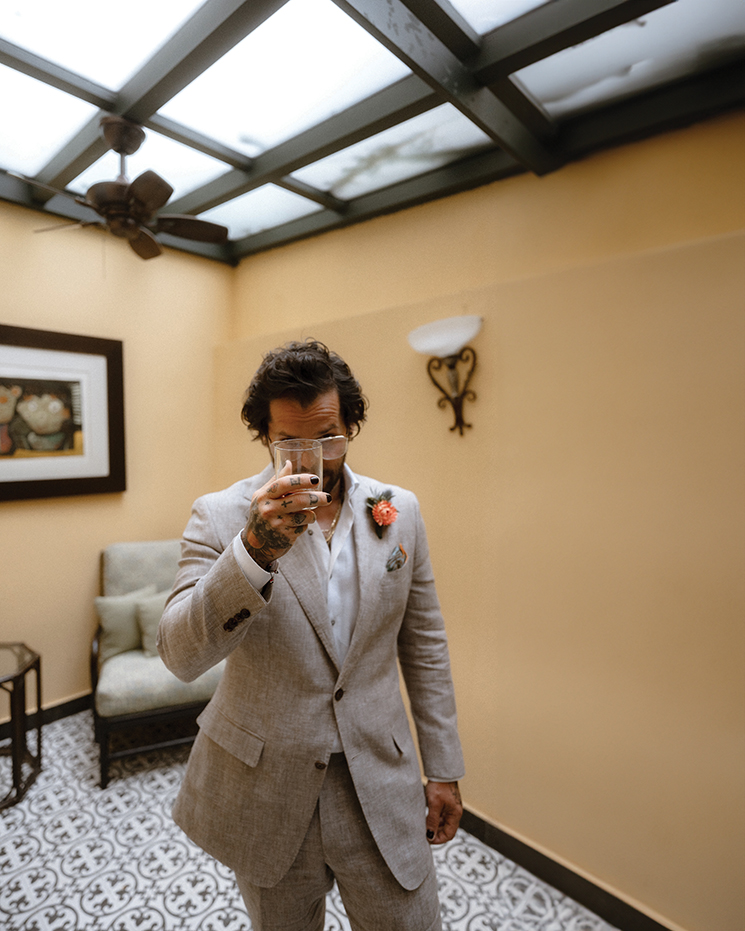
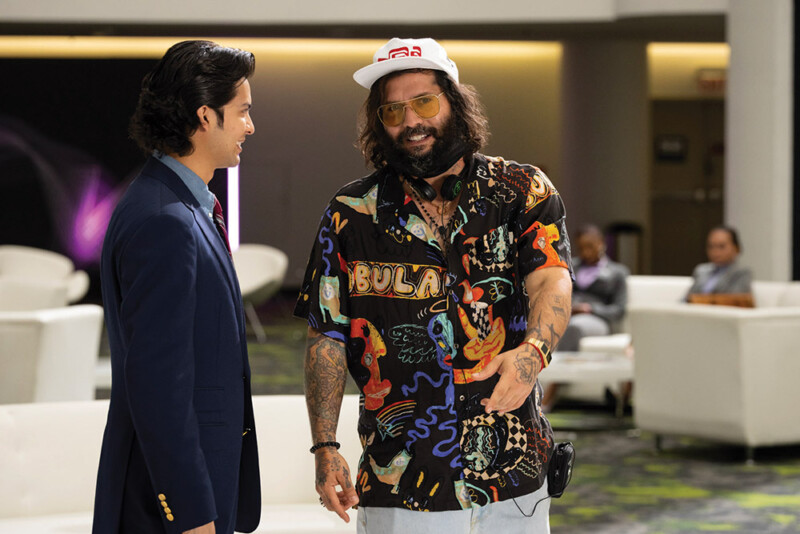
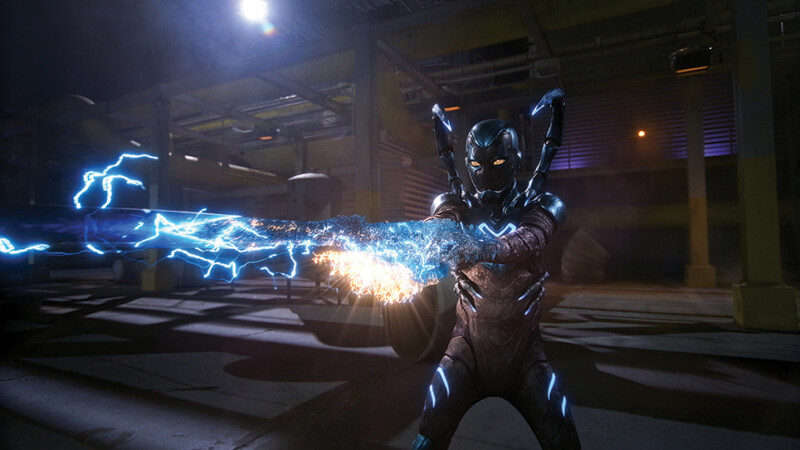 Soto is currently in Los Angeles, preparing for Wrecking Crew, a buddy-comedy starring Jason Momoa and Dave Bautista. Although pre-production has kept him busy, he is already thinking of his next tattoo.
Soto is currently in Los Angeles, preparing for Wrecking Crew, a buddy-comedy starring Jason Momoa and Dave Bautista. Although pre-production has kept him busy, he is already thinking of his next tattoo.

